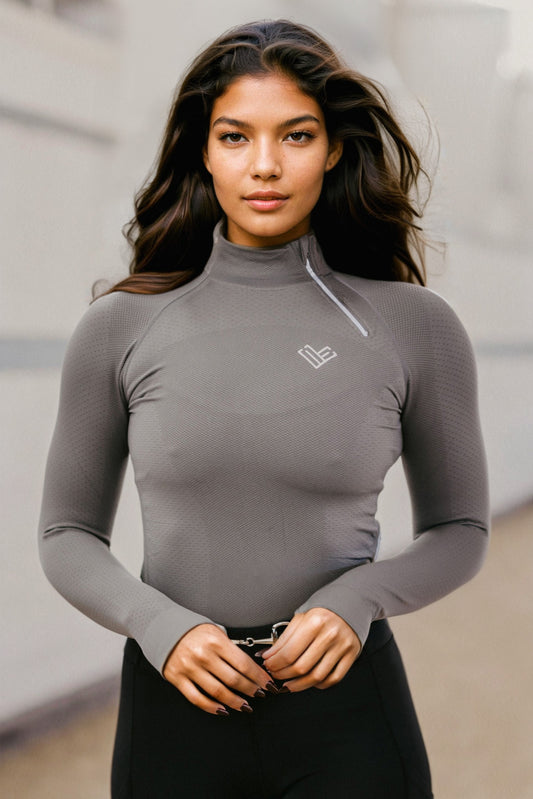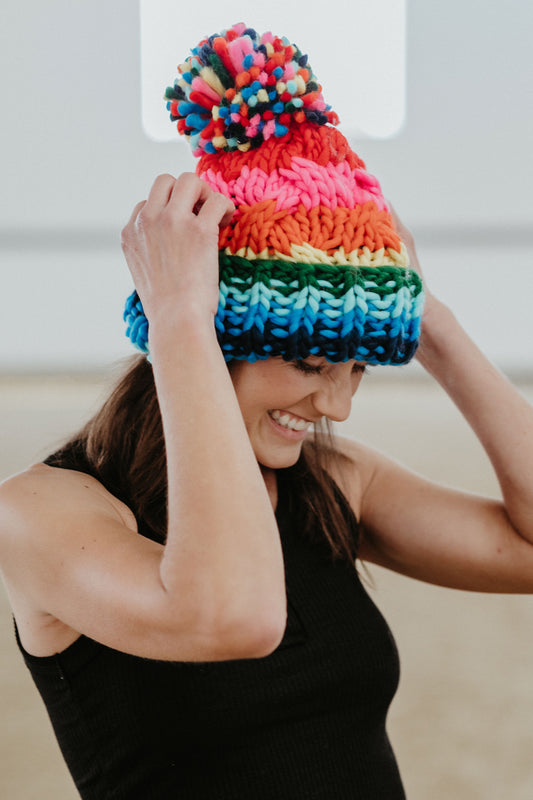Understanding the Importance of a Proper Girth Fit
Choosing the perfect girth for your horse is pivotal in ensuring their comfort, performance, and overall well-being. A girth, the strap used to hold the saddle in place, must be carefully selected to match your horse's body shape. An ill-fitting girth can lead to a multitude of problems including soreness, galling, and even behavioral issues due to discomfort. In this article, we delve into considerations and tips for selecting the ideal girth that complements your horse's unique conformation.
Consider Your Horse's Body Shape
The first step in selecting a girth is to closely examine your horse's body shape. Horses come in various shapes and sizes, and understanding your horse's specific build plays a crucial role in girth selection. Pay attention to the barrel's contour—some horses may have a rounder shape, causing saddles to slip, while others may have a more slender build. Additionally, note the positioning of the girth groove relative to the horse's elbows to ensure the girth does not rub or pinch.
Identifying Key Features
Consider the following key physical features when assessing your horse:
- Barrel shape – Round vs. slender
- Wither height – High vs. low
- Girth groove location – Closer to the front legs vs. further back
These characteristics will guide you in determining the style and type of girth that will offer optimal comfort and security for your horse.
Choosing the Right Girth Type
There are several types of girths available, each designed to cater to different body shapes and requirements:
Straight Girths
Straight girths are the most common type and suit a wide range of horses. They work particularly well for horses with a well-defined girth groove located not too far from the elbow and a straighter barrel shape.
Anatomically Shaped Girths
For horses with a rounder barrel or those prone to saddle slipping, an anatomically shaped girth might be ideal. These girths are designed to contour around the horse's body, promoting stability and comfort, especially during rigorous activities.
Shoulder Relief Girths
Horses with a forward girth groove, a slender body, or high withers may benefit from a shoulder relief girth. This type helps to alleviate pressure on the shoulders and improve saddle position, ensuring a more comfortable fit.
Fabric and Padding Considerations
After deciding on the type of girth, consider the material and padding. Options include leather, synthetic materials, sheepskin, and neoprene. Each material has its advantages, such as durability, ease of cleaning, and shock absorption. It's essential to choose a girth that provides adequate padding to prevent chafing and sore spots, yet is breathable enough to keep the horse comfortable during exercise.
Final Fitting Tips
Before finalizing your decision, here are some fitting tips to ensure the girth is a perfect match:
- Ensure the girth allows for a hand's width between it and the horse's barrel to prevent over-tightening.
- Check that the girth does not interfere with the horse's elbow movement.
- Assess the saddle's stability with the chosen girth, especially during movement.
- Consider the length of the girth in relation to the saddle and horse size, ensuring it is not too short or excessively long.
Choosing the perfect girth is a combination of understanding your horse's unique shape, selecting the appropriate type, considering material benefits, and applying fitting best practices. With these guidelines, you can ensure a comfortable, safe, and efficient saddle fit that allows your horse to perform at their best.
Shop Wonder Equestrian








